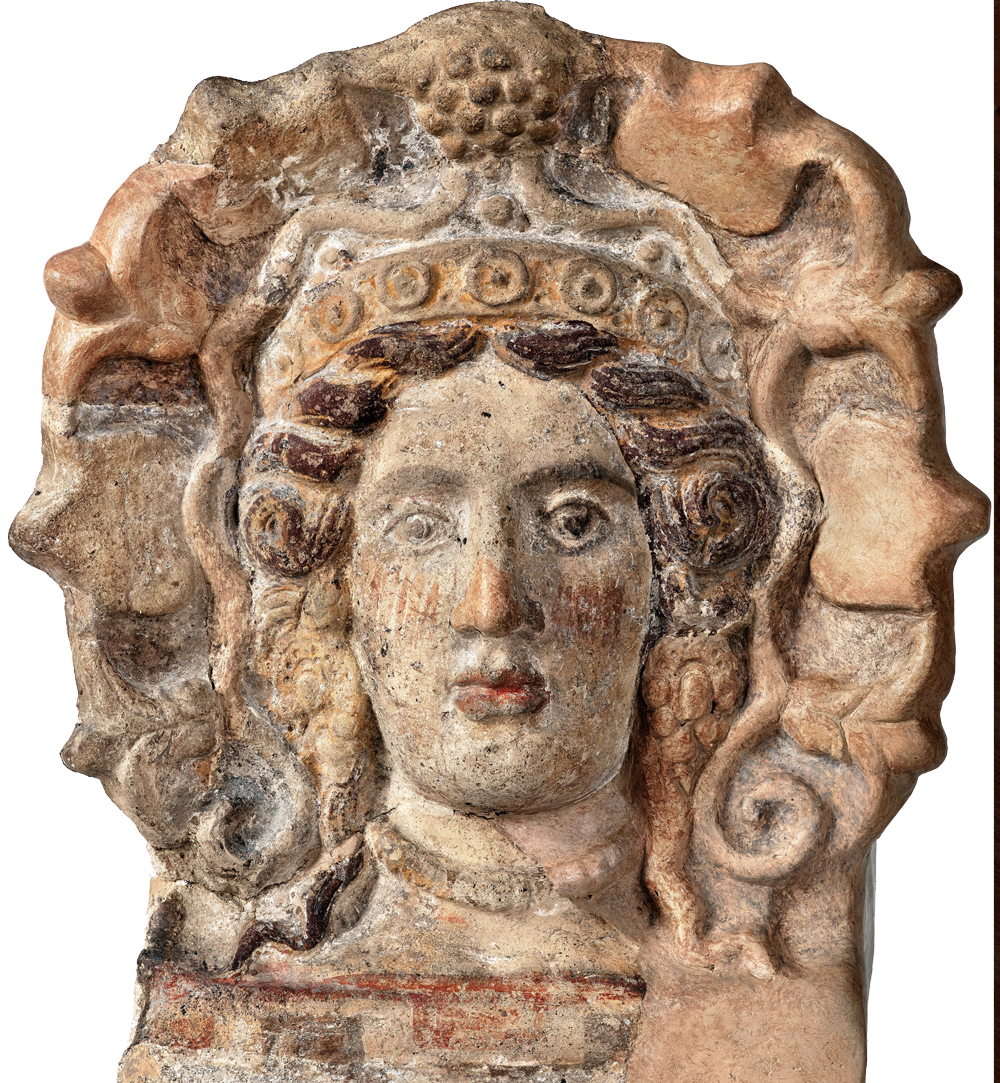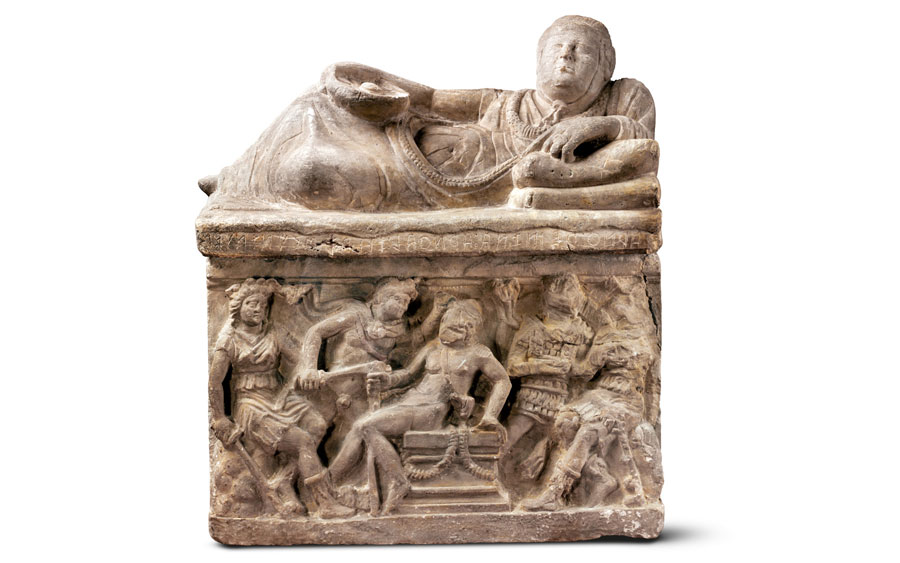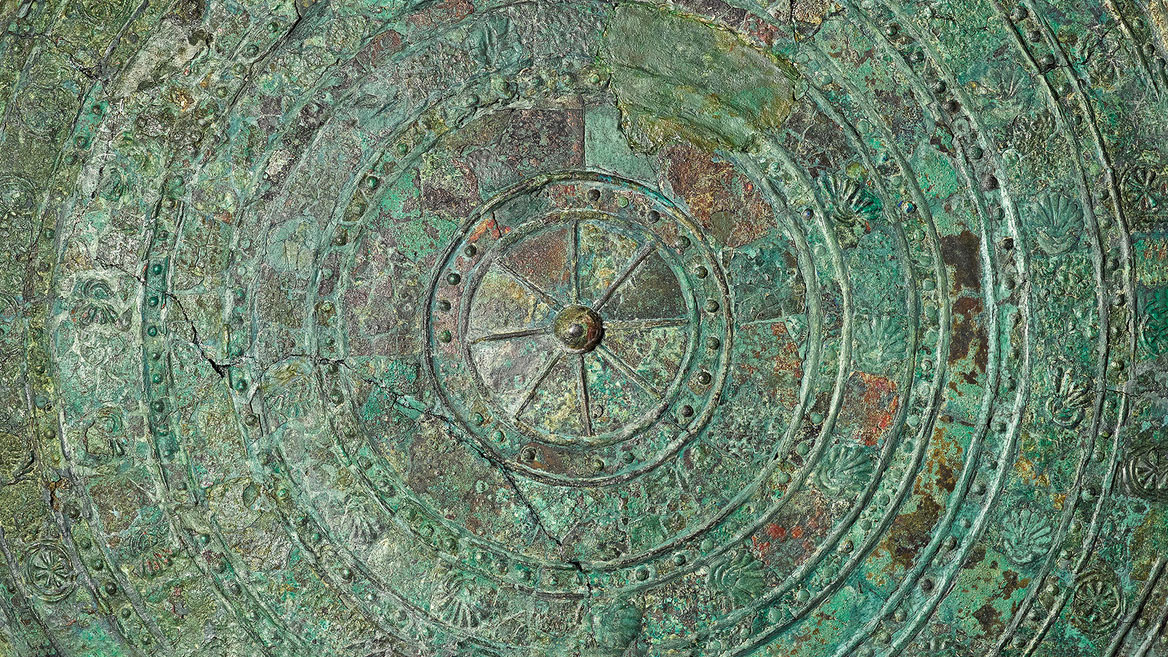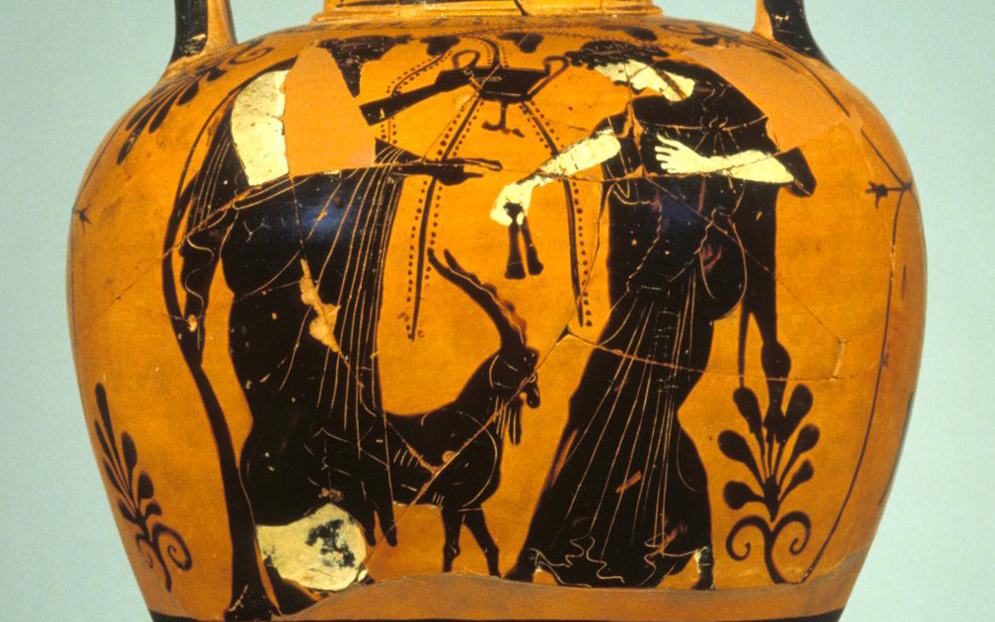Etruscan Italy
Learn about the Etruscan people, the first great rulers of central Italy from around 800 to 100 BCE, through the gems, statues, weaponry, jewelry, and terracotta vessels they left behind.
Upper Level
Included with Admission
Above: Antefix, Etruria, Later 4th century BCE. MS1801










